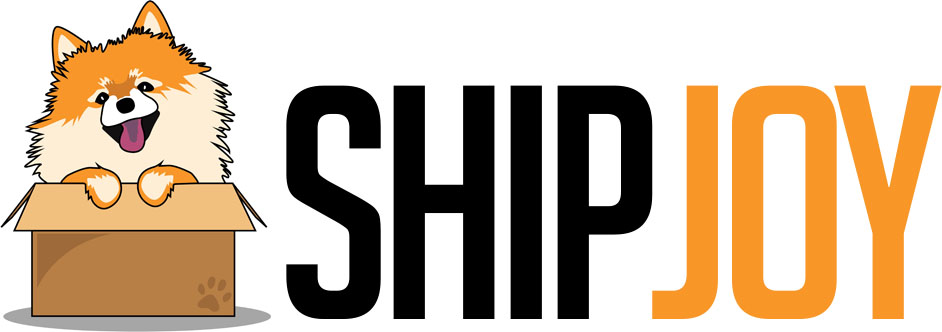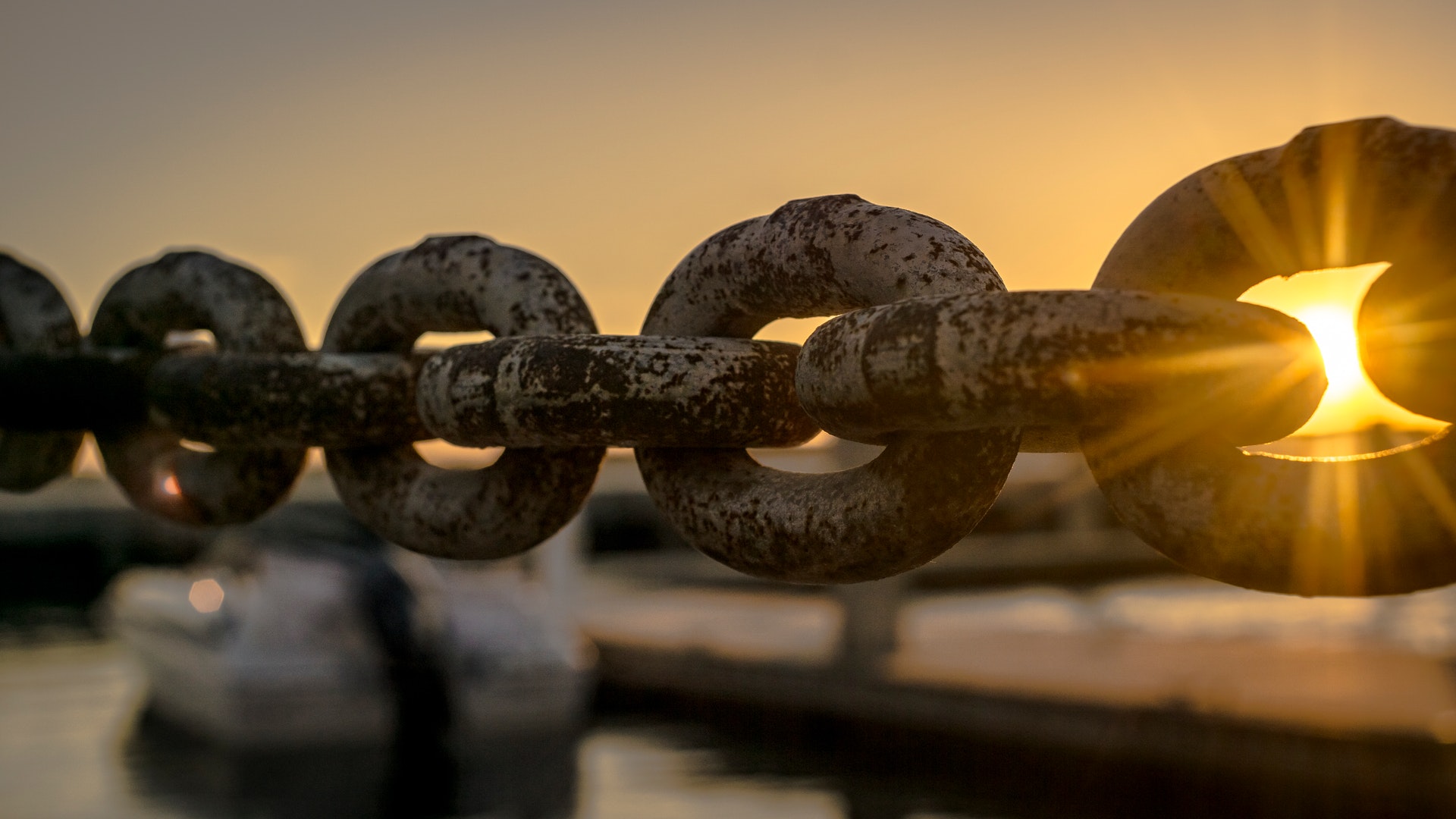Creating A Stable Supply Chain
Whether it’s down to natural disasters or to issues at the factory with materials, supply chain disruptions big or small can occur at any point. During this unprecedented time the world has found itself in with Covid-19, the global distribution strength was tested to the max. More than ever it’s important to have a stable supply chain for your business.
Building a stable supply chain that is resilient is a big investment for any business but worth the investment. If you put focus on building out a stable supply chain then it will reduce risks, allow you to plan for anything unexpected in the future, and make sure that your business can carry on running and thriving no matter what may occur. If you are looking to build your stable supply chain then hopefully, this guide will help you do just that.
Supply Chain Resilience What Is It?
The resilience of a supply chain is referring to the supply chain’s ability to know, resist and also recover from any unexpected events that can occur and cause an issue with the supply chain distribution. If it is for an eCommerce business then it is the building of a stable supply chain, while also having contingency plans for keeping customers happy and keeping the business financially stable even if there is a disruption in supply.
Building a More Resilient Supply Chain
One of the first things to look at when building a stable supply chain is managing your inventory. Try to have your inventory spread across multiple locations rather than just one main one, what this does is, when a warehouse may have to close due to unforeseen circumstances this does not stop your supply as you have more in other locations to make sure you can still continue fulfilling orders.
Another thing you can do is manage your data more closely, such as inventory control, which gives you the option to look at and track supply chain performance. Things like being able to look at your inventory and costs mean you can see if you are able to afford a buffer stock, this is something that is seen as building resilience because you will have extra stock ready to go should anything go wrong. You need to make sure though that you have the extra money to do this and you are not eating into overall profits by having the buffer which is why managing and studying the data is so important.
Try to partner with more than one supplier or manufacturer, as this makes sure that you have a backup should one of them not be able to fulfill orders and get the stock to you. This allows you to have one main supplier but also other smaller ones should your main one let you down whether it be planned closure or unforeseen.
If you are looking to try and build resilience then hopefully, these few tips in this guide will help you to build a better understanding of what you can do and get you started to build a stronger supply chain. If you are looking for any help with your eCommerce business fulfillment then check out our reviews here and contact us.

